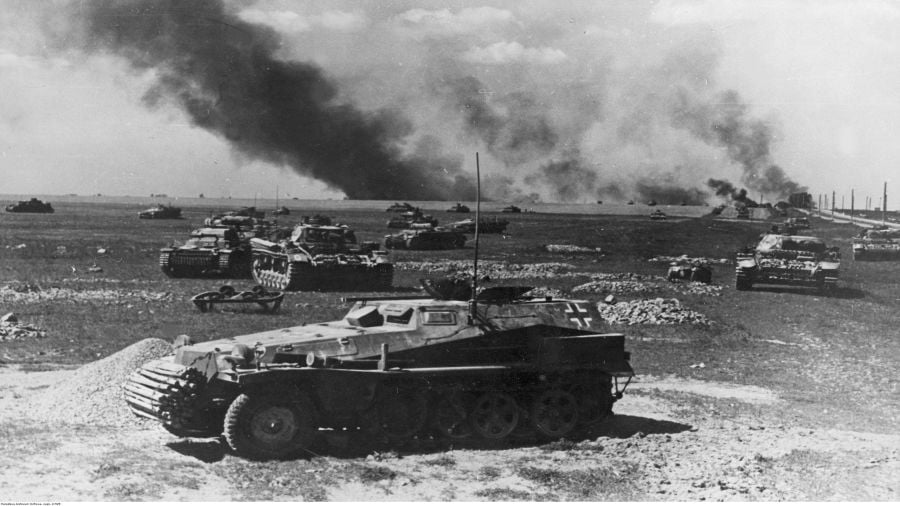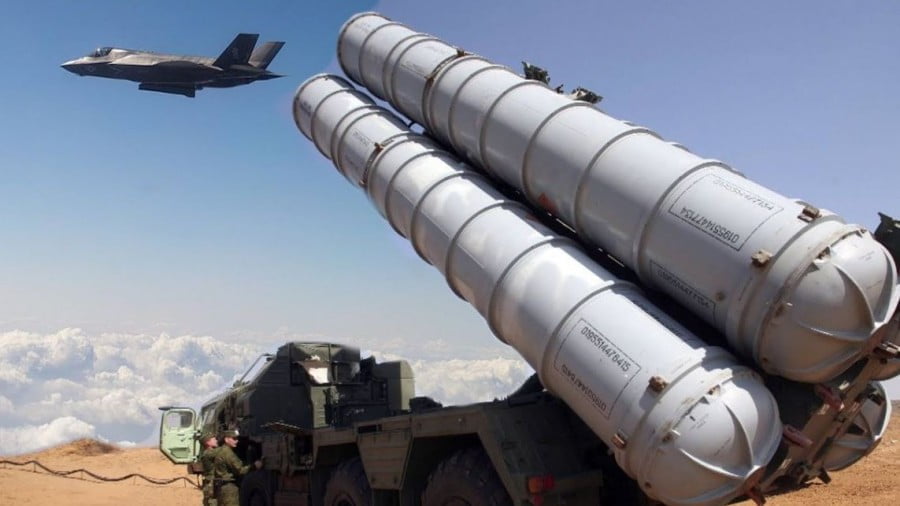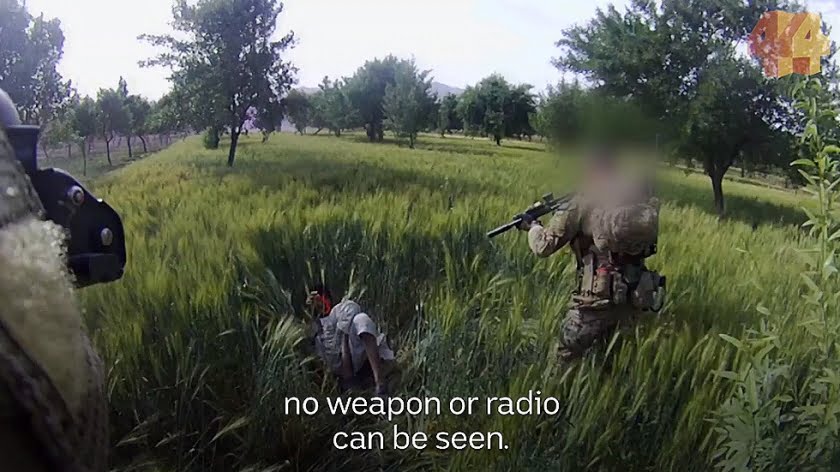The Enduring Traumas of War Scares for the United States and Russia
Surprise attacks lead to enduring traumas for the country under attack. This was true for the United States after Pearl Harbor in 1941 and continues to this day following the 9/11 attacks in New York City and Washington. The same was true for Russia in the wake of Operation Barbarossa, the German codename for Hitler’s surprise attack in June 1941 against the Soviet Union. The German attack was the worst military disaster in Russian history, far more damaging than the Napoleonic invasion and the setbacks in World War I.
Russian President Putin and his populace are obsessed with the lessons of 1941, and that partially explains the Russian obsession with the expansion of the North Atlantic Treaty Organization, which now has 31 members, occupying so much territory on Russia’s western border. Like Pearl Harbor and 9/11, Operation Barbarossa involved a significant intelligence failure; this leads to worse case thinking in assessing threats to the homeland. In all three of these surprise attacks, the intelligence collection was sufficient to anticipate an attack. The fact that Russia is technologically, militarily, and economically inferior to its western opponents only adds to the sense of enduring vulnerability.
This is important to keep in mind in view of last week’s NATO air exercise in Europe, which was the largest such exercise since the Cold War ended in 1991. More than two dozen nations took part, contributing fighter jets, bombers, and cargo planes, according to the New York Times, which described the exercise as a “pointed demonstration to Russia.” The exercise, “Air Defender 2023,” was planned long before the Russian invasion of Ukraine in order to correct a self-described “vulnerability” that called for “more troops and equipment based permanently on the Russian border, more integration of allied war plans, and more military spending.
Since Russia military doctrine teaches that military exercises could be designed to hide a surprise attack, it is worth noting the dangerous steps that were taken in “Air Defender 2023.” A Lithuanian air base was used prominently in the exercise to demonstrate the ability of NATO aircraft to deploy on Russia’s border from bases in Germany. Russian fighter planes reacted to the exercises over Lithuania, requiring NATO aircraft to scramble 15 times to intercept Russian fighter aircraft. The chief of the German air force explained that “we don’t want to be too aggressive, but to show that we are strong.” Russia almost certainly has no illusions about the strength of the western alliance, given its losing campaign against Ukraine.
If NATO used the exercise as part of a messaging strategy, it seems fair to argue that a misread message could have led to actual confrontation. Forty years ago, an aggressive NATO mobilization exercise called “Able Archer” led to a war scare in the Kremlin, particularly in response to the exercise’s test of command and communications procedures for the use of nuclear weapons in case of war. Even President Reagan realized that the exercise had to be toned down; however, a year later he issued a radio warning into an open mike: “I’ve signed legislation that will outlaw Russia forever. We begin bombing in five minutes.”
Military operations and exercises close to the Russian border in the west as well as in the area of the Black Sea appear reckless in any scenario, particularly when Russia is fighting an unsuccessful conventional war on its borders. Russia’s invasion and occupation of Ukraine was wrong from the start, but it is also wrong to say that Putin’s war was “unprovoked.” Russia could have pursued other options for dealing with the threat on its western border, but Presidents Bill Clinton and George W. Bush had other options when they ignored expert opinion and recklessly expanded NATO. The current CIA director, William Burns, warned then Secretary of State Condi Rice in 2008 that offering NATO membership to Ukraine and Georgia, which President Bush favored, fed Russia fears of encirclement and greater instability in the region.
U.S. air and naval muscle-flexing on Soviet borders forty years ago demonstrated our ability to deploy aircraft carrier battle groups close to sensitive military and industrial sites without being detected or challenged. According to an unclassified CIA report, these exercises “simulated surprise naval air attacks on Soviet targets.” Today’s intelligence analysts at CIA and elsewhere presumably have no idea of the various components of “Air Defender 2023,” which could produce similar anxieties in the Russian leadership.
There has never been a more compelling time for a Russian-American (as well as a Sino-American) dialogue to reduce nuclear weapons, to restrict military exercises, and to stop the conditions that could lead to possible war scares. Recent U.S. hysteria over a Chinese balloon over the United States and the presence of a Chinese collection station in Cuba document the overreactions of our leaders. Shouldn’t we assume that Russian and Chinese leaders who face U.S. military encirclement and aggressive military exercises are similarly anxious and could also overreact?







